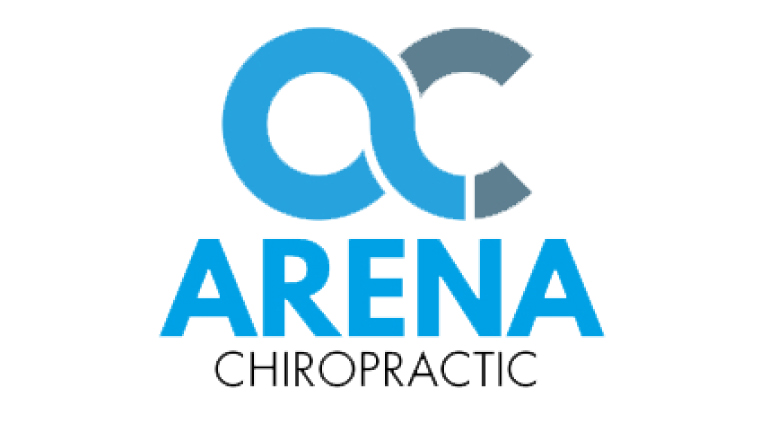As we get older, years and decades of mechanical stress may lead to deterioration of joints, ligaments, and tendons. This degenerative process, commonly known as arthritis, primarily affects weight-bearing joints such as the hips and knees and those found in the lumbar spine. The shoulder, too, is especially prone to undergo arthritic changes owing to its extreme mobility. The extensive range of motion at the shoulder is built-in to the design of this structure, but the tradeoff is instability. The design of the shoulder sacrifices stability for mobility.
Degenerative disorders of the shoulder typically involve the rotator cuff. This broad, flat structure is composed of the muscle-tendon units of the four rotator cuff muscles: the supraspinatus, infraspinatus, subscapularis, and teres minor. The thick covering of the rotator cuff surrounds the head of the arm bone and supports and strengthens the shoulder joint. But owing to the shoulder’s inherent instability contrasted with its great mobility, the soft tissues of the rotator cuff undergo repetitive stress and strain. Ultimately, degenerative changes may occur, leading to the two prominent symptoms of pain and restricted range of motion.
An entire orthopedic sub-specialty focuses on treatment of chronic shoulder pain and includes long-term use of anti-inflammatory medication, corticosteroid injections when medications do not provide sufficient relief, and eventually surgery to repair tears in the various rotator cuff tendons. “Revision” surgery is commonly performed when the benefits of prior surgery are exhausted.1
The good news is that in many cases, a more optimal approach is available, one that utilizes the body’s own natural recuperative powers. For many people, chronic shoulder pain can be reduced and chronic loss of mobility can be improved by engaging in specific activities and performing specific rehabilitative exercises. The goals of rehabilitation are to increase shoulder range of motion and build up shoulder strength. As these goals are accomplished, the likely result is reduction of intensity and frequency of occurrence of shoulder pain.
Engaging in an overall strength training program is an important general approach to managing chronic shoulder pain.2,3 Strength training should be done progressively, starting with light weights and building up over time. Exercises specific to the shoulder include seated dumbbell or barbell presses, dumbbell or cable lateral raises, seated bent-over rows, and internal and external rotation exercises done with very light dumbbells on a flat bench. If one has experienced an acute shoulder injury, early rehabilitation should precede rehabilitative strength training. Early rehabilitation includes pendulum exercises and finger-walking up a wall in both forward-facing and side positions.
Your chiropractor is experienced in injury rehabilitation and will be able to help you design an effective flexibility and strengthening program for improved shoulder function.
1Keener JD: Revision rotator cuff repair. Clin Sports Med 31(4):713-725, 2012
2Lewis JS: A specific exercise program for patients with subacromial impingement syndrome can improve function and reduce the need for surgery. J Physiother 58(2):127, 2012
3Andersen LL, et al: Effectiveness of small daily amounts of progressive resistance training for frequent neck/shoulder pain: randomised controlled trial. Pain 152(2):440-446, 2011




